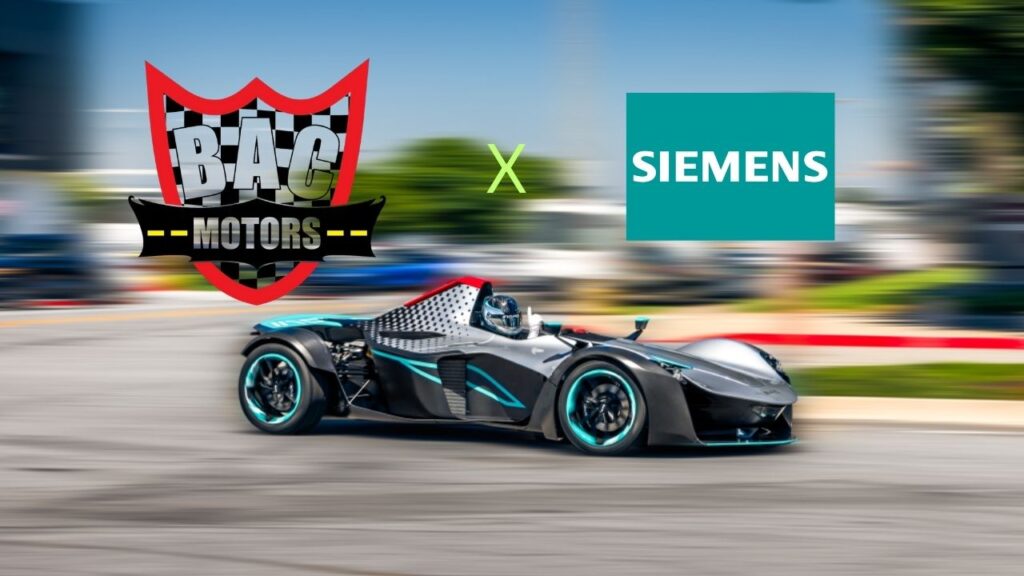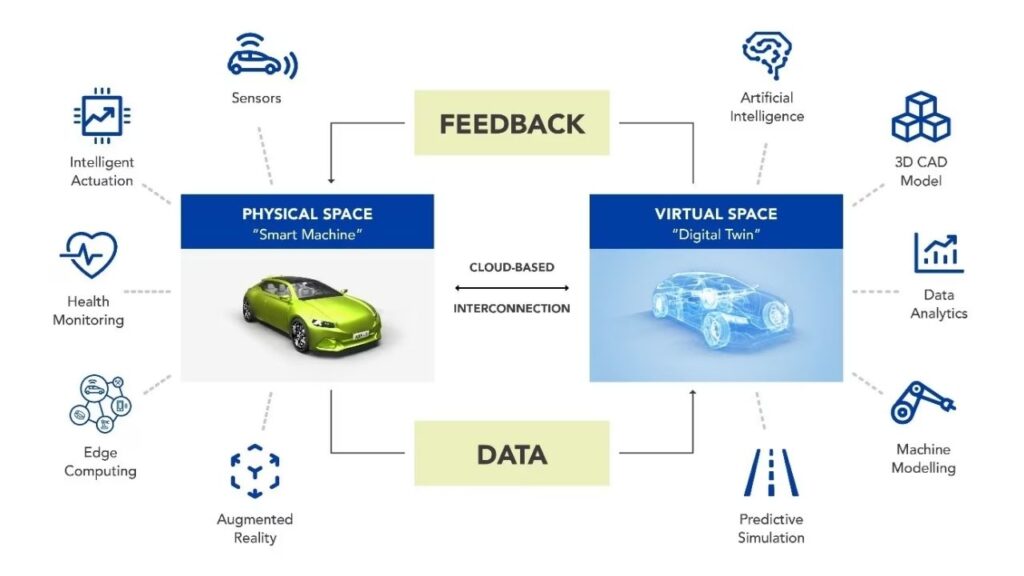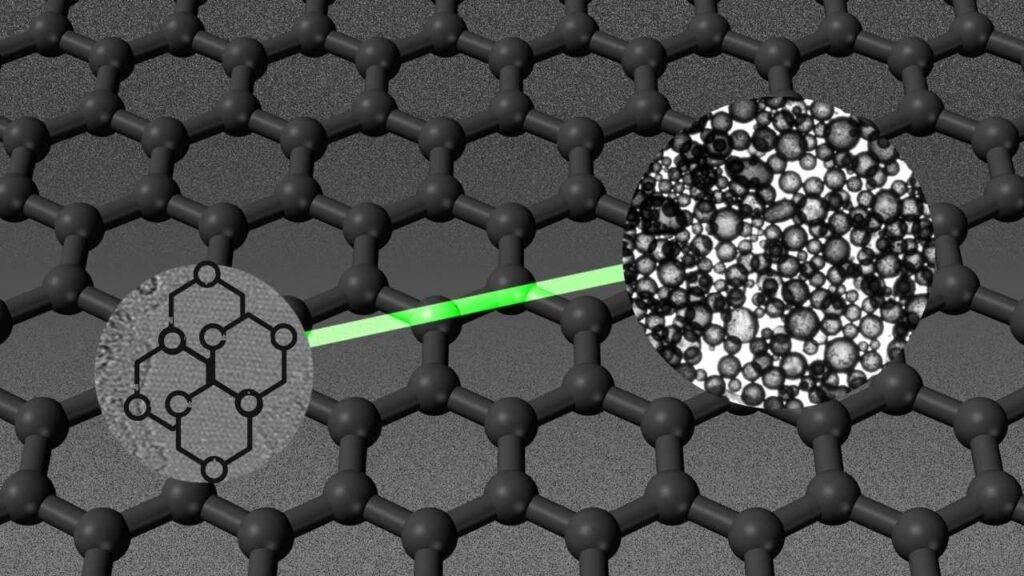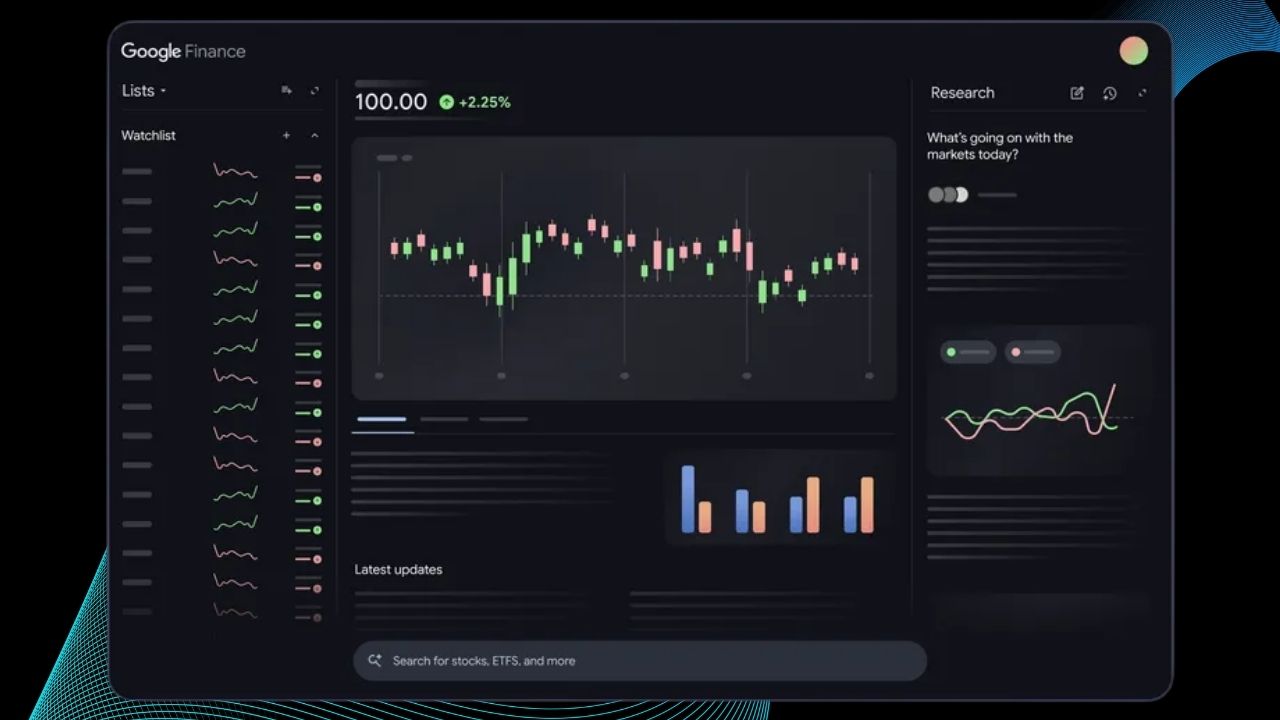BAC Partners With Siemens to Build World’s First Road-Legal Mono Supercar: Briggs Automotive Company (BAC) has joined forces with Siemens to create the world’s first road-legal Mono supercar engineered with digital twin technology. This partnership marks a major leap in automotive innovation, blending advanced software, lightweight materials, and meticulous craftsmanship to deliver a supercar that sets new standards in performance, efficiency, and customization.

In this comprehensive article, we’ll explore the story behind this collaboration, explain digital twin technology in simple terms, and examine why the BAC Mono is so unique. Whether you’re a curious student, a car enthusiast, or a professional in the automotive industry, you’ll find clear explanations, practical insights, and expert analysis throughout.
BAC Partners With Siemens to Build World’s First Road-Legal Mono Supercar
| Feature/Stat | Details |
|---|---|
| Project | BAC & Siemens partnership: World’s first road-legal Mono supercar using digital twin tech |
| Engine | 2.5L naturally aspirated, up to 343bhp (Mono R), 332bhp turbo (new Mono) |
| Weight | 555–570 kg (Mono R, new Mono) |
| Power-to-Weight Ratio | Up to 618 bhp/tonne (Mono R), 582 bhp/tonne (new Mono) |
| 0-60 mph Acceleration | 2.5–2.7 seconds |
| Materials | Graphene-infused carbon fiber panels, carbon hybrid wheels |
| Digital Twin Tech | Siemens Xcelerator, NX X software for design, simulation, compliance |
| Customization | Bespoke cockpit, seat, steering, and bodywork |
| Sustainability | Reduced physical prototyping, future-ready for electric/hydrogen/synthetic fuel powertrains |
| Production Location | Liverpool, UK |
| Official Source | BAC Mono Official Site |
The partnership between BAC and Siemens is a bold step forward for the automotive world. By embracing digital twin technology and advanced materials, BAC is building a supercar that’s lighter, faster, and more innovative than ever before. The Mono is not just a car—it’s a symbol of what’s possible when tradition meets technology, and when craftsmanship is combined with cutting-edge engineering.
The BAC Mono: A Supercar Unlike Any Other
The BAC Mono is not your typical supercar. It’s a single-seater, ultra-lightweight machine designed for those who crave the purest driving experience. Every aspect of the Mono is engineered for performance, from its central seating position to its advanced suspension and featherweight construction. Unlike most high-performance cars, the Mono is all about the driver—there’s no passenger seat, no extra gadgets, and no distractions.
What Makes the BAC Mono Stand Out?
- Single-Seater Design: The driver sits right in the center, just like in a Formula 1 car. This unique layout provides perfect balance and a direct connection to the road.
- Bespoke Craftsmanship: Each Mono is hand-built in Liverpool, UK, and tailored to fit its owner perfectly. The seat, steering wheel, pedals, and even the cockpit are custom-fitted.
- Lightweight Construction: Weighing as little as 555 kg, the Mono is lighter than most compact cars. This low weight, combined with a powerful engine, delivers astonishing acceleration and handling.
- Advanced Materials: The use of graphene-infused carbon fiber panels and carbon hybrid wheels pushes the boundaries of strength and lightness.
Understanding Digital Twin Technology
One of the biggest innovations in the new BAC Mono is the use of digital twin technology. But what exactly is a digital twin, and why is it such a big deal?
What Is a Digital Twin?
A digital twin is a highly detailed virtual model of a real-world object—in this case, the BAC Mono supercar. This virtual model is created using advanced computer software and is constantly updated with real-world data. This means engineers can simulate how the car will perform, test different designs, and spot potential problems before building anything in the real world.

Why Is Digital Twin Technology Important?
- Faster Development: Engineers can make changes in the digital world and instantly see how they affect the car’s performance, safety, and compliance.
- Improved Performance: Every component can be optimized for strength, weight, and aerodynamics, resulting in a better-performing vehicle.
- Global Compliance: The digital twin allows BAC to build in safety and emissions regulations for different countries right from the start.
- Sustainability: By reducing the need for physical prototypes, BAC saves resources and energy, supporting environmental goals.
How Siemens Powers BAC’s Digital Twin
BAC uses Siemens’ Xcelerator portfolio, including NX X software, to create and manage the digital twin. This allows BAC’s engineers to:
- Simulate how the car behaves in real-world conditions, from racetracks to city streets.
- Integrate safety and compliance checks into the design process.
- Accelerate innovation by testing new ideas virtually before building them.
The Science of Lightweighting: Graphene and Carbon Fiber
The BAC Mono’s performance is largely thanks to its advanced materials. The car’s body panels are made from graphene-infused carbon fiber, a material that’s both incredibly strong and extremely light.
What Is Graphene?
Graphene is a single layer of carbon atoms arranged in a honeycomb pattern. It’s one of the strongest materials known to science—about 200 times stronger than steel—yet it’s also very light.

Why Use Graphene in a Supercar?
- Lower Weight: Less weight means the car accelerates faster, handles better, and uses less fuel.
- Greater Strength: The car’s body is more resistant to damage and can withstand high speeds and forces.
- Innovative Wheels: BAC offers carbon hybrid wheels, which save even more weight and improve handling.
Real-World Impact
The use of graphene and carbon fiber allows the Mono to achieve a power-to-weight ratio of up to 618 bhp per tonne—comparable to top-level race cars. This means the car can accelerate from 0-60 mph in as little as 2.5 seconds, providing a thrilling driving experience.
Customization: Making Each Mono Unique
One of the hallmarks of BAC is its commitment to bespoke craftsmanship. Every Mono is built to order, with a level of customization rarely seen in the automotive world.
Personalization Options
- Seat and Cockpit Fitting: The seat is molded to the driver’s body, ensuring perfect comfort and control.
- Steering Wheel and Pedal Adjustment: These are tailored to the driver’s size and preferences.
- Exterior and Interior Finishes: Owners can choose their own colors, materials, and even add personal touches like initials or logos.
- Performance Upgrades: Options include adjustable suspension, track-focused exhaust systems, and carbon ceramic brakes.
Why Customization Matters
This approach ensures that every BAC Mono is not just a car, but a personal statement. Owners get a vehicle that fits them perfectly and reflects their individual style and driving needs.
The Driving Experience: Road and Track
Driving the BAC Mono is unlike anything else. With its central seating position, ultra-low weight, and race-inspired engineering, the Mono delivers an experience that’s both exhilarating and precise.
What Does It Feel Like to Drive?
- Unmatched Agility: The car responds instantly to every input, making it feel like an extension of the driver’s body.
- Immersive Experience: With no distractions, the driver is completely focused on the road or track.
- Track-Ready Performance: The Mono is designed to excel on racing circuits, but it’s also fully road-legal, making it suitable for spirited drives on public roads.
Real-World Recognition
The BAC Mono has been praised by automotive journalists and professional drivers for its purity and excitement. It’s often described as “the closest thing to a Formula car for the road.”
Practical Advice: Who Should Consider the BAC Mono?
Is the BAC Mono right for you? Here’s what to think about:
Ideal For
- Driving Enthusiasts: If you love the art of driving and crave a direct connection to the car, the Mono is unmatched.
- Collectors: Each Mono is unique and highly sought after, making it a valuable addition to any collection.
- Track Day Fans: With its performance and handling, the Mono is perfect for those who enjoy racing or high-performance driving events.
- Tech Innovators: If you appreciate cutting-edge technology and engineering, the digital twin development and graphene construction are sure to impress.
Considerations
- Single-Seater: The Mono is designed for solo driving—no passenger seat.
- Minimal Comfort Features: There’s no infotainment system, air conditioning, or cup holders. It’s all about performance.
- Not a Daily Driver: While road-legal, the Mono is best enjoyed on special drives or at the track.
The Future: Sustainability and Next-Gen Engineering
BAC’s partnership with Siemens is not just about building a faster car—it’s about redefining how cars are designed and built for the future.
Sustainability Initiatives
- Reduced Prototyping: Digital twin technology allows BAC to minimize the number of physical prototypes, saving materials and energy.
- Future Powertrains: The digital platform is ready for new types of engines, including electric, hydrogen, and synthetic fuels.
- Net-Zero Goals: By optimizing every step of the design and manufacturing process, BAC is working toward a more sustainable future.
Industry Impact
The use of digital twin technology in the Mono project is likely to influence other car makers, encouraging the adoption of virtual engineering and advanced materials across the industry.
Hydrogen Fuel at Half the Cost? New Catalyst from South Korea
FAQs About BAC Partners With Siemens to Build World’s First Road-Legal Mono Supercar
Q: What is the price of the BAC Mono?
A: The price depends on customization but typically starts around £165,950. Highly personalized builds and the Mono R can cost significantly more.
Q: Is the BAC Mono road legal?
A: Yes, the latest models are fully road-legal in the UK, Europe, and several other countries, meeting strict emissions and noise standards.
Q: How fast is the BAC Mono?
A: The Mono accelerates from 0-60 mph in as little as 2.5 seconds, with a top speed of around 170 mph.
Q: What is digital twin technology and why does it matter?
A: Digital twin technology creates a virtual replica of the car, allowing engineers to test, optimize, and ensure compliance before building the real thing. This leads to faster development, better performance, and lower costs.
Q: Can I customize my BAC Mono?
A: Absolutely. BAC offers a bespoke service, from seat fitment to paint color, ensuring each car is unique.
Q: Where are BAC Monos built?
A: All cars are hand-built at BAC’s headquarters in Liverpool, UK.
Q: What kind of engine does it have?
A: The latest Mono models use a 2.3-liter turbocharged or 2.5-liter naturally aspirated four-cylinder engine, producing up to 343bhp.
Q: Is the Mono suitable for daily driving?
A: While road-legal, the Mono is designed for performance, not comfort. It’s best enjoyed on special drives or track days.










